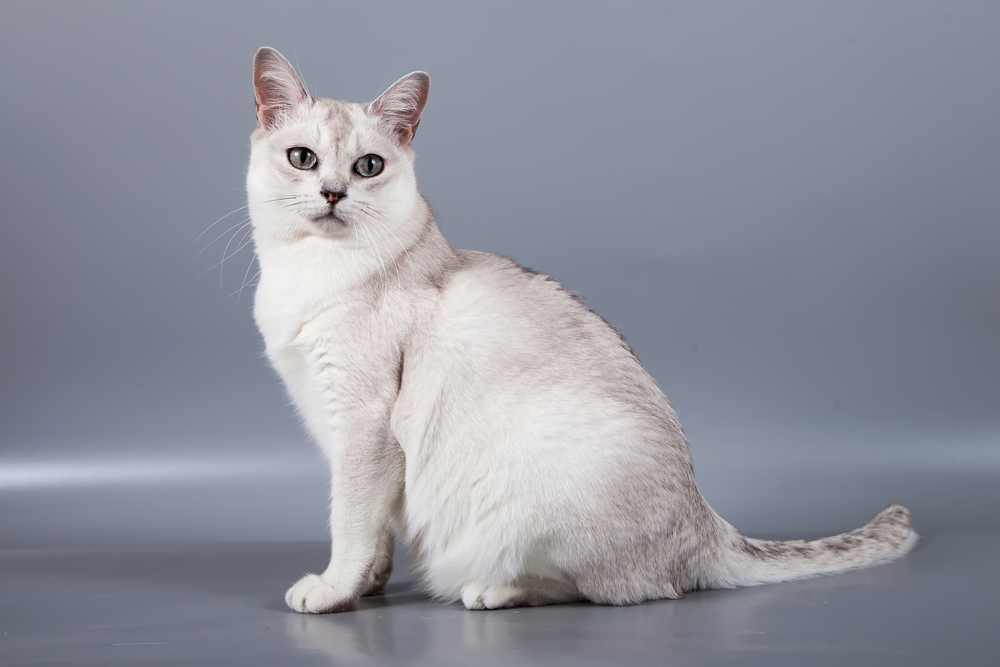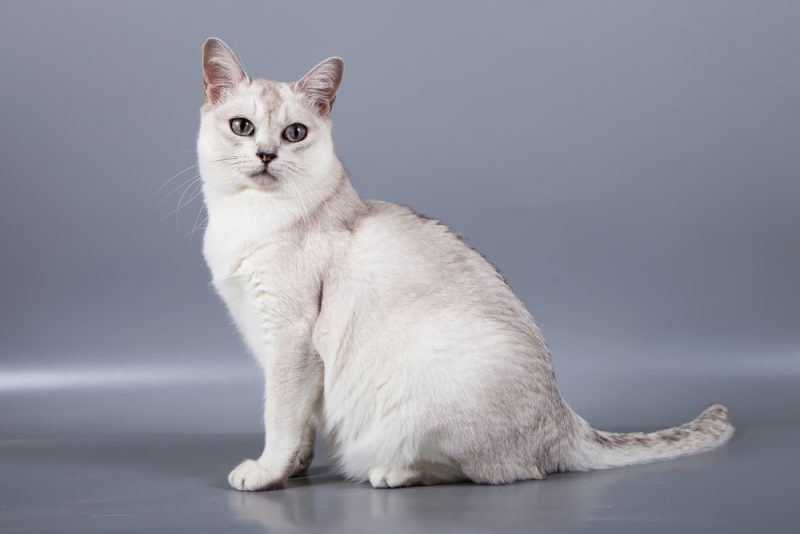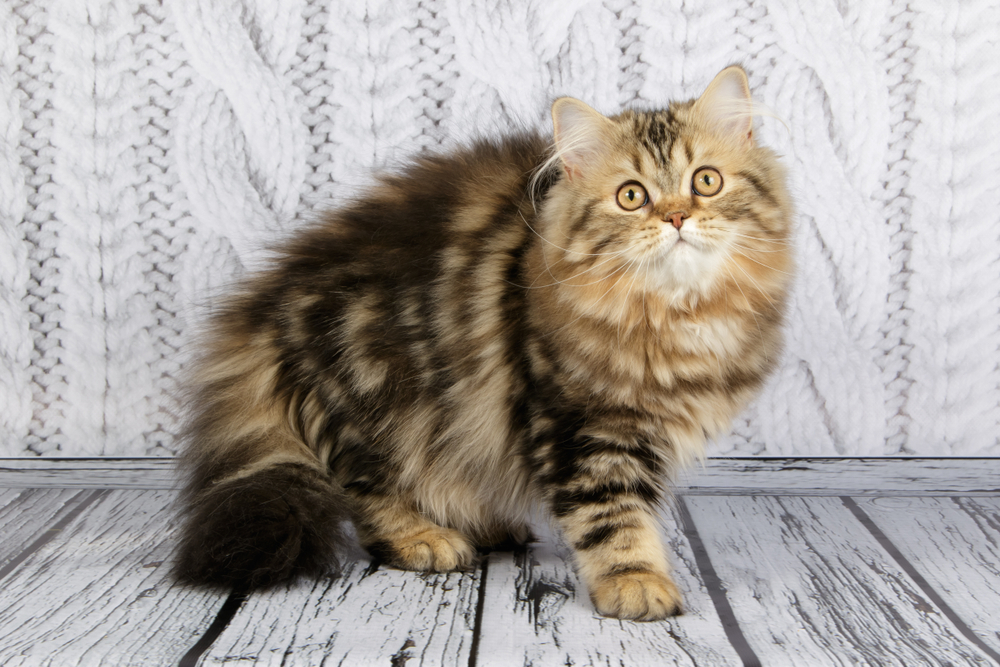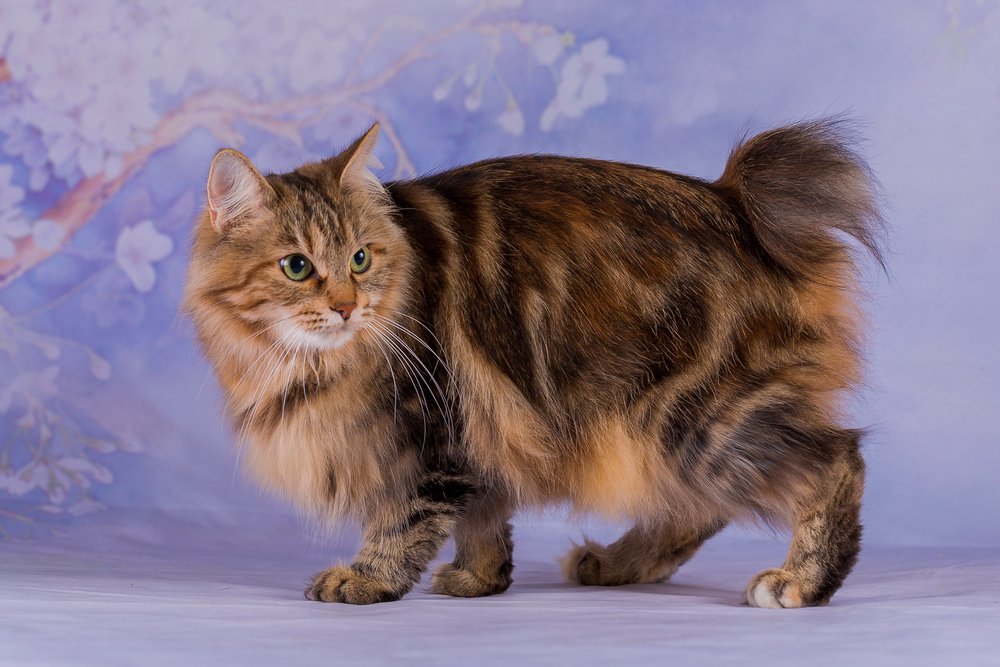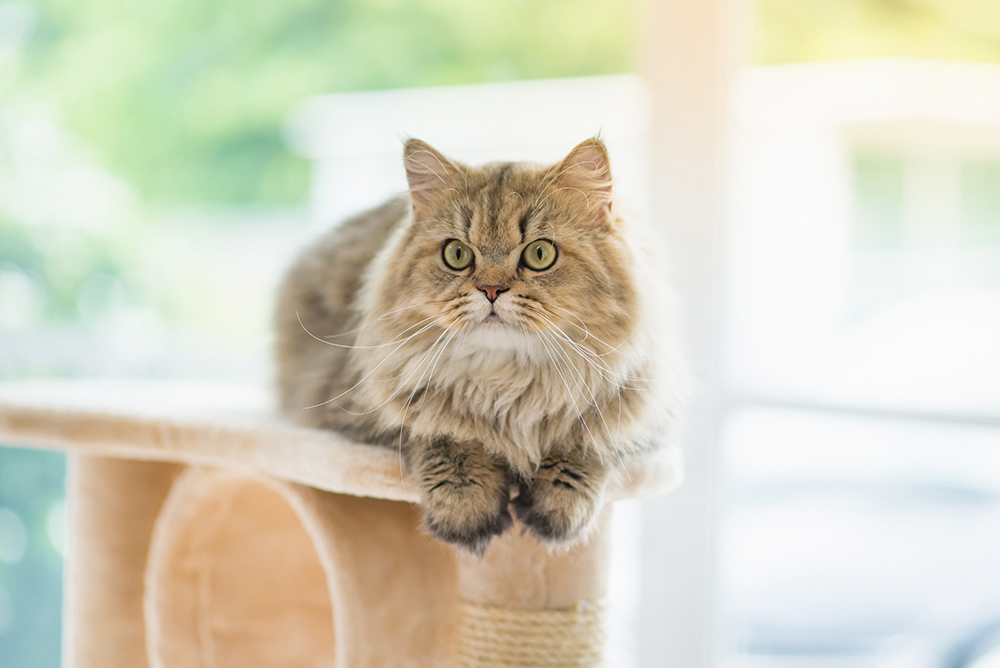Click Below to Skip Ahead
The Burmilla is a rare breed because of how new they are to the world of purebred cats. In some parts of the world, such as Britain, the Burmilla is still an experimental breed and is not largely accepted by most registries. They are getting there, though, and seem to be doing it much faster than many other new cat breeds.
Breed Overview
Height:
10–12 inches
Weight:
6–13 pounds
Lifespan:
7–15 years
Colors:
Blue, black, chocolate, caramel, lilac, beige, apricot
Suitable for:
Families, apartment living, companionship for singles and seniors
Temperament:
Affectionate, social, easy-going
The Burmilla is an interesting cross because of the circumstances surrounding their breeding. Their growth in popularity is somewhat steady because they are such a social and loving cat breed.
Burmilla Characteristics
 Burmilla Kittens
Burmilla Kittens
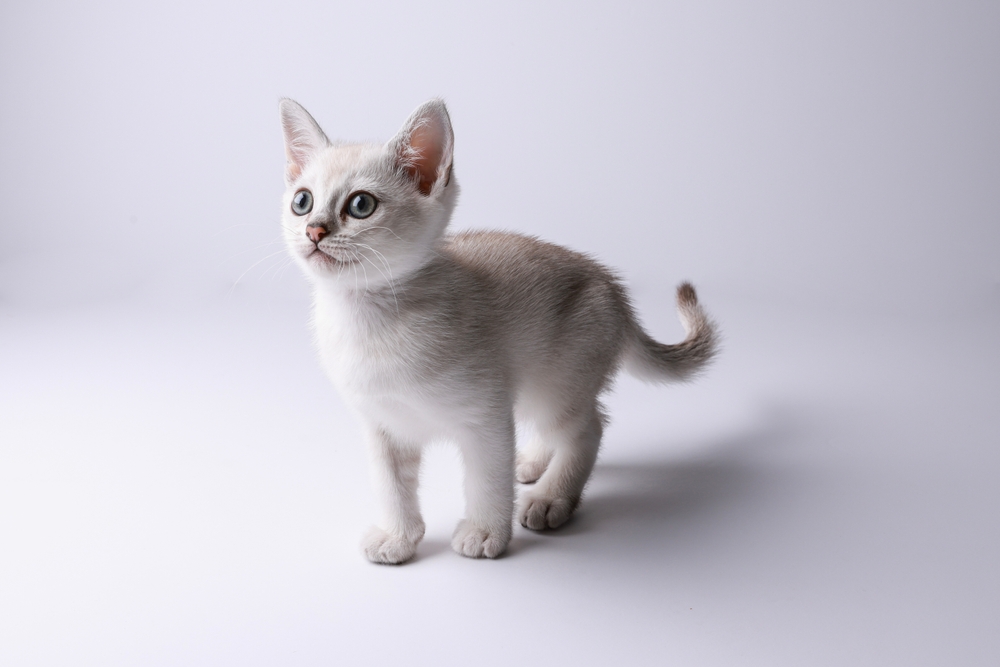
If you are interested in adopting a Burmilla kitten, you may have a hard time finding a breeder near you since they are still a newer and rarer breed. Expect to travel, adding to the cost of these already pricey kittens. You may also have to be put on a waiting list and/or pay a deposit to secure your Burmilla kitten.
When seeking a breeder, it is best to ask plenty of questions beforehand about the health and well-being of the kittens and their parents. Ask for photos of the living conditions, or better yet, visit the breeder in person. Ask for proof of health clearances as well. A reputable breeder should be willing and able to provide you with this information. Breeders that seem unwilling to provide information or unknowledgeable about the cats may be backyard breeders and the kittens may not be fully healthy.
Temperament & Intelligence of the Burmilla
The Burmilla can seem quite elegant and aloof at first. They keep an air of independence about them at times, but they are silly underneath all that. They love their family members and will act kittenlike around them, seemingly just to get them to smile.
Burmillas are quite smart and are curious. Although the combination of these traits can mean they are mischievous, they don’t always get into trouble. Most of the time, this intelligence manifests in more sensitivity to their family and surroundings.
Overall, the Burmilla has a playful and easygoing personality. They are uniquely easy to live with and easily integrate themselves as part of almost any family. They enjoy space to climb around and explore. However, it is not a good idea to allow them to roam freely outside.
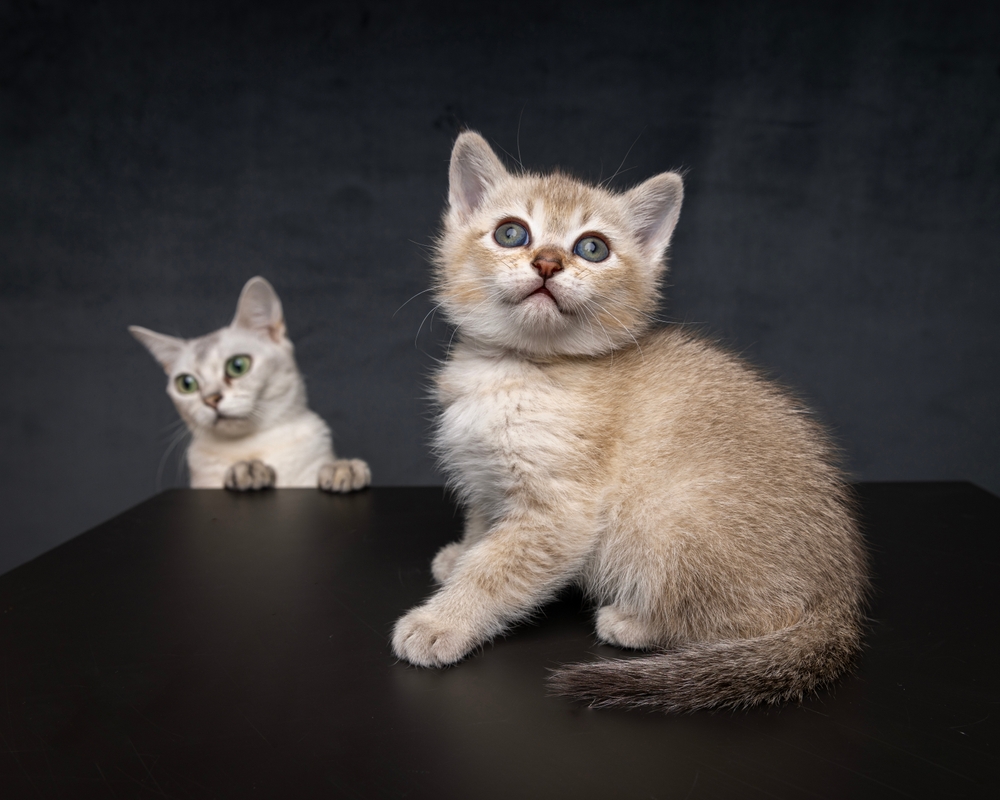
Are These Cats Good for Families? 👪
Burmillas are an excellent choice for families because they are so friendly and easygoing. They typically do well around kids and form deep bonds with the rest of their family as well. They do this quite quickly and adapt to having visitors in and around the home frequently.
Does This Breed Get Along With Other Pets?
The Burmilla tends to get along quite well with other pets because they are so easygoing. They enjoy having other cats around to play with because they enjoy climbing and silly antics. They can get along with dogs as well, although not always. Like any cat, it is not a good idea to have them freely around smaller pets, like rodents.

Things to Know When Owning a Burmilla
Food & Diet Requirements 🐡
A Burmilla is prone to obesity if they aren’t given playtime and are fed exceedingly fatty foods. Although you can free-feed your Burmilla, it is still a good idea to keep an eye on how much they eat. It is also best to give them the same amount of calories recommended for their weight, whether from wet food, dry food, or a mix.
Exercise 🐈
Your Burmilla needs daily playtime. They are among the more rambunctious breeds, preferring instead to play in short bursts and then cuddle and sleep for a while. They are quite curious, though. Use new or favorite toys to get them interested in what you want them to do. Encourage them to jump and climb, as they tend to be good at both. Throughout the day, get them to play for 20 minutes at least.
Training 🧶
Training a Burmilla isn’t typically easy. They do not enjoy training sessions like a dog or some other cat breeds do. Housebreaking them is the easiest thing, but then you need to watch out that your Burmilla doesn’t train you first.
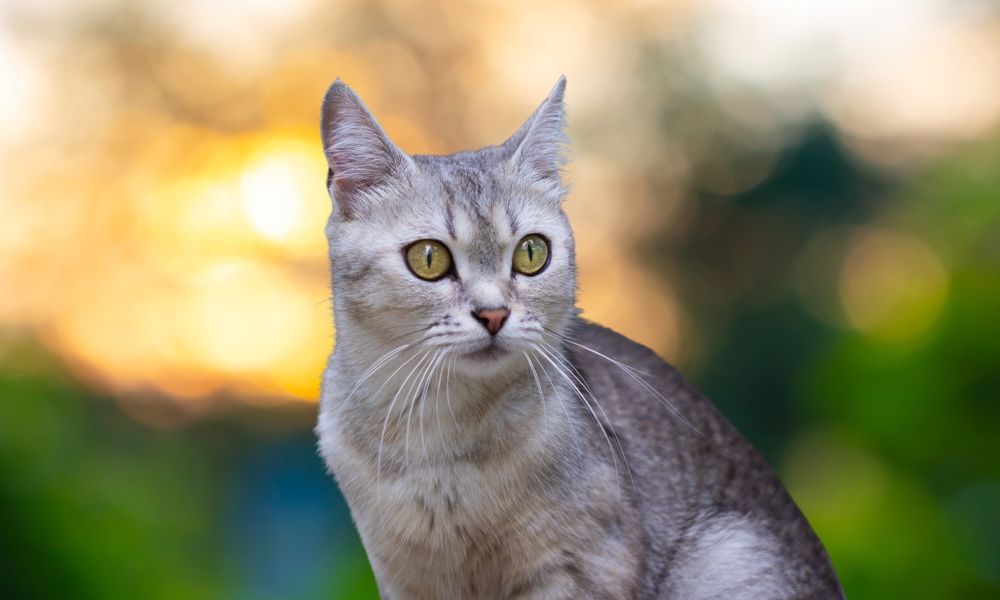
Grooming ✂️
Since the parents of a Burmilla had different coats, these cats can have either short coats or long ones. The shorthaired Burmilla will have a sort of silky texture and only need to be brushed once or twice a week to reduce the amount that they shed.
Longhaired Burmillas have fine, silky coats that are medium-length. They have tufts on their ears and a fully plumed tail. They need to be brushed about twice as often so as not to develop mats and tangles in their fur.
Besides brushing, you will need to trim their nails regularly unless they have scratching posts and toys that effectively keep them trimmed. Clean their ears out about once a week and brush their teeth multiple times a week to stay healthy.
It is best to start doing all these grooming routines when the cat is young because they will become accustomed to it more easily as a kitten.
Health and Conditions 🏥
Overall, these cats are relatively healthy. They are prone to developing a few diseases that can be genetically inherited, and some lines tend to get diabetes mellitus more easily than others. Maintain your veterinarian appointments to keep your cat healthy and to catch anything as early as possible.
- Allergies
- Polycystic kidney disease
- Diabetes mellitus

Male vs Female
There are no noticeable differences between males and females in this breed.
3 Little-Known Facts About the Burmilla
1. Burmillas are the happy result of an accidental cross.
Burmillas are not a result of purposeful breeding, but instead, they are a sort of happy accident between a Lilac Burmese and a Chinchilla Persian. The Burmese was called Bambino, and she escaped via an open door one evening in 1981. She quickly found her way over to the home of Jemari Sanquist, a Persian.
From this pair came four beautiful shorthaired female kittens. They were black-shaded silver and were beloved as a new breed that people called the Burmilla. They have been recognized in Britain by the Governing Council of the Cat Fancy.
They are also recognized by the Australian Cat Federation, the Cat Fanciers’ Association, the International Cat Association, and the Federation Internationale Feline.
2. The eye color of a Burmilla can take up to two years to develop entirely.
The Burmilla is known for having stunning green eyes. However, they are not always born this way. Typically, a Burmilla adult cat’s actual eye color will take up to two years to completely come through. Sometimes, you might even notice daily changes to the eyes’ shade, tone, or hue.
3. Burmillas can be outcrossed to be a Chinchilla Persian or a European Burmese.
There are specific crosses of cats to get a hybrid that may result in a continuous breed for long enough to make them stable enough to become a purebred. You can also effectively go backward, outcrossing that hybrid to go back to one of the purebred breeds from which they were initially bred.
However, this doesn’t always work because it primarily depends on the number of crosses and breedings that have been done. But in the case of a Burmilla, if they are an F1 cross of the two cats, it is easy enough to breed them back out. They can either be bred with another Chinchilla Persian or a European Burmese.
 Final Thoughts
Final Thoughts
Finding a Burmilla can be challenging, but they are a wonderful pet if you can adopt one. Ensure that the breeder has given the parents the appropriate tests at the vet to catch any dangerous health issues that they could pass to the kittens. Be ready for cuddles, love, and playful antics when you adopt a Burmilla.
You might also like:
Featured Image Credit: JE Jevgenija, Shutterstock

